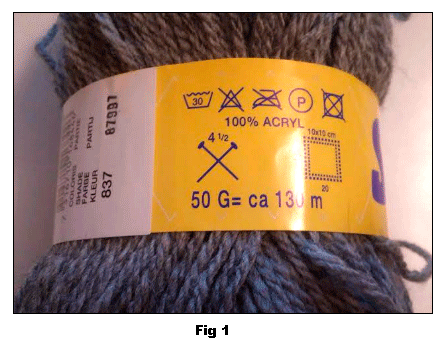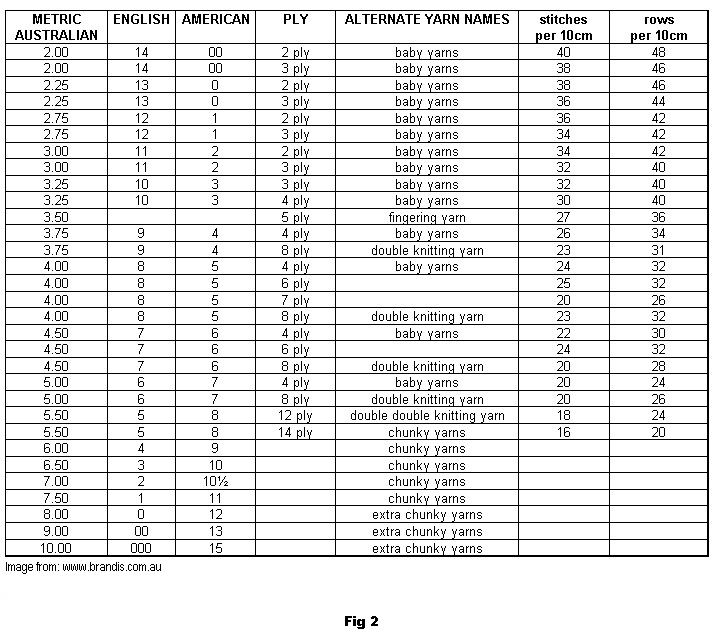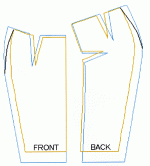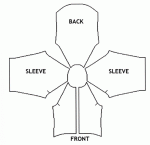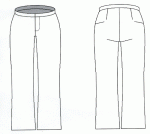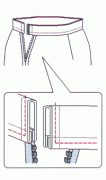There are an abundance of internet sites devoted to knitting, and they are all very easily searchable for information. If you find something lacking here, then please search for it there. Note that searching for the English term will likely yield more results. There are plenty of Youtube tutorials on the basics of knitting through to the advanced. We have decided not to posts links as these often expires.
The patterns here are kept as simple as possible and we try to explain everything in as much detail as we can. However a basic knowledge of knitting is required.
This includes the base skills of:
– Casting on/casting off stitches
– Basic knit and purl stitches (to form stocking stitch/rib etc)
– Increasing and decreasing stitches for shaping
– Understanding knit pattern reading, stitch counting etc.
If you are unsure of these you should start by making yourself familiar with these basic techniques. There are many easily available descriptions out there, including clear and easy-to-understand videos.
Where to begin
Decide what you are going to knit – You can used our “made to measure” patterns provided here, or translate a flat adapted pattern from our downloadable pattern section, or use a pattern from another source .
Take your body measurements – Shown in our “made to measure” pattern making information.
Translate the measurements to a pattern – Shown in our “made to measure” pattern making information.
Decide what yarn and needles you are going to knit with – Our patterns here are open to a variation of yarns and needle sizes. Most balls of yarn will provide you with information on recommended needle size (fig. 1) but as a guide you can also look at the chart (fig. 2).
Knit a sample – It is recommend that you knit a sample of approximately 10 x 10 cm in your chosen yarn with your chosen needles. This will give you the information needed to count how many stitches you need for different measurements (fig. 3).
Translate the pattern into stitch count – Now you will know how many stitches you are required to cast on, how many rows to knit, when and where to shape the garment, when to cast off etcetera. Basically you will measure the width of the pattern piece and cast on and knit as many stitches as your count tells you that you need to knit this width. You will then knit as many rows as needed to give you the length of the pattern piece until this starts changing shape.
In the sample above you can see that 2 stitches is the width of 1 cm and 2,5 rows are the length of 1 cm. We provide instructions on how you follow the shapes of pattern in the pages under this page.

